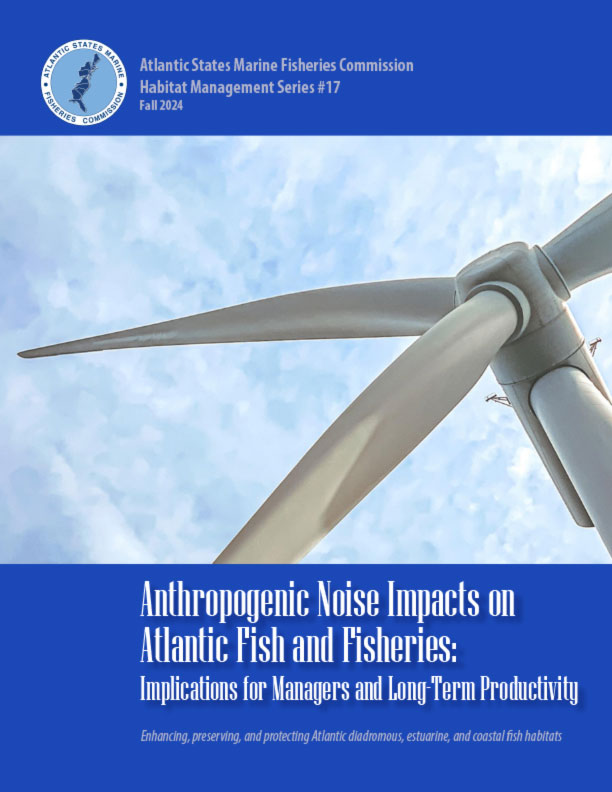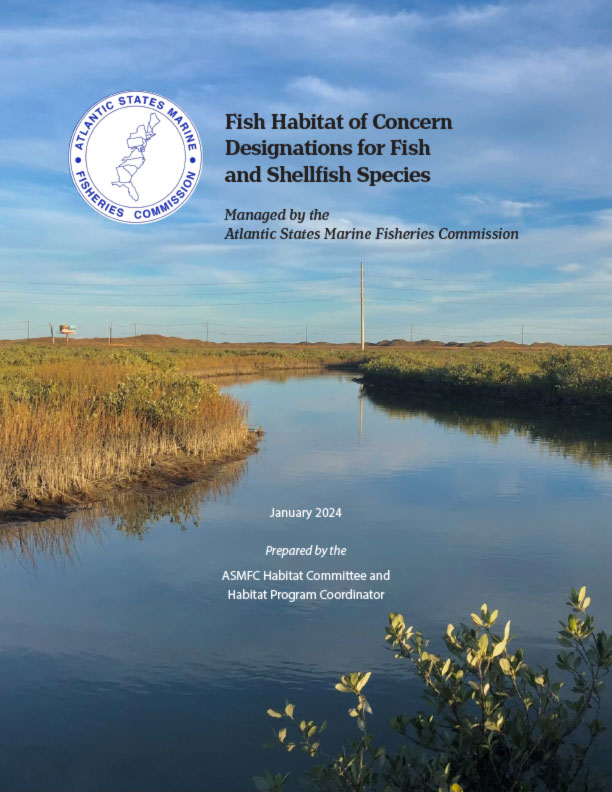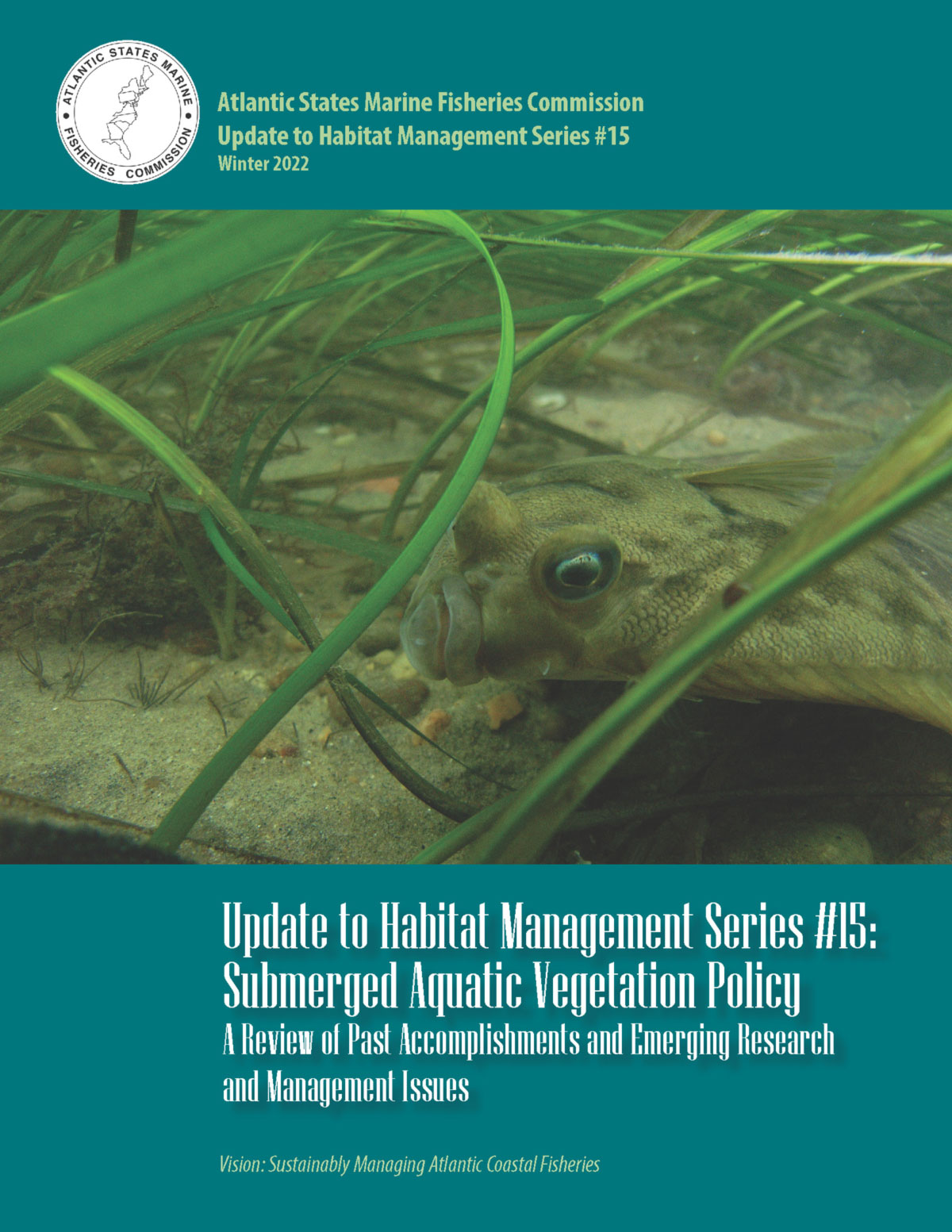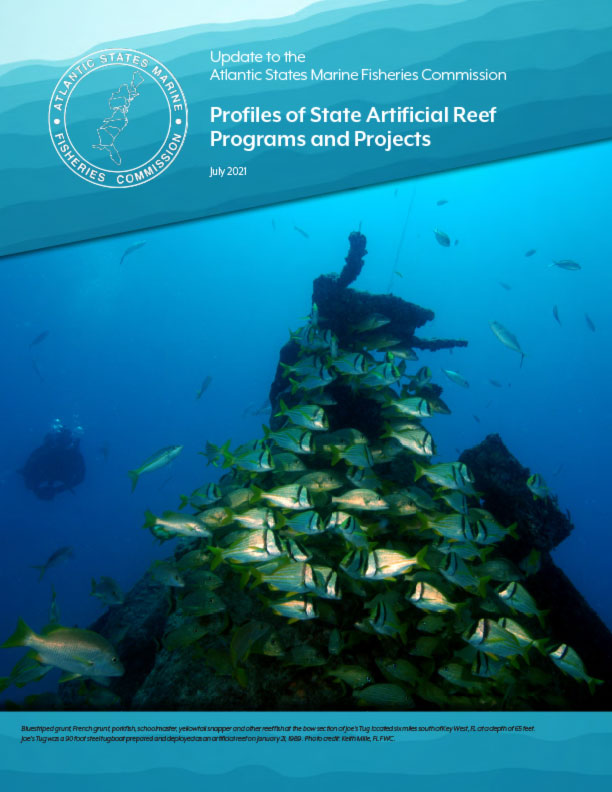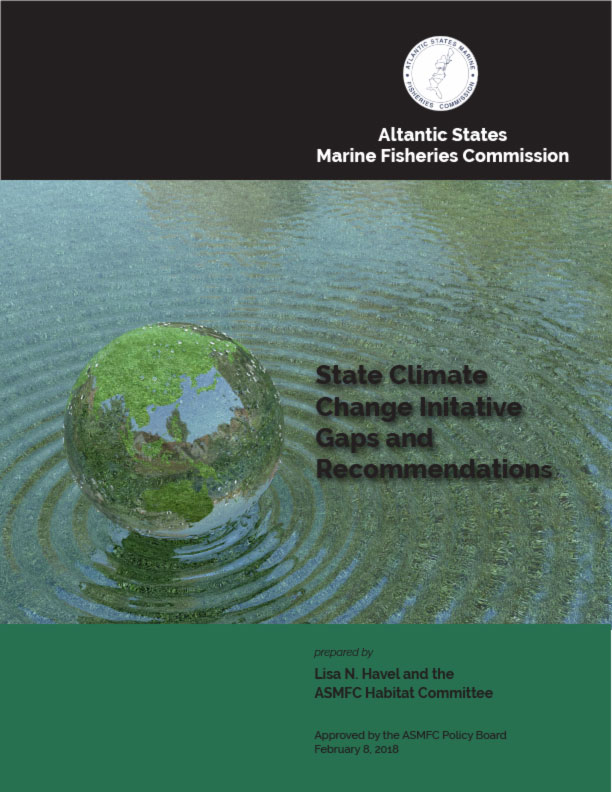Many types of human-generated noise impact coastal and marine fishes through disruption of physiological processes and interruption of auditory communication. In turn, fish health and behavior can be affected. These impacts might be short-term or long-term and can lead to changes in spawning aggregations, habitat use, reproductive success, and mortality. The purpose of this report is to summarize the importance of the impacts of anthropogenic noise to fishes managed by the Atlantic States Marine Fisheries Commission.
Habitat Special Reports
In-depth reports on specific topics or issues of particular importance to fisheries management and conservation.
-
-
The Habitat Committee drafted text descriptions of FHOC for each Commission-managed species drawing on information from the current description of FHOC in the FMPs, species fact sheets, other ASMFC publications, and current literature.
-
This habitat conservation plan highlights the needs, opportunities, and challenges to restore river herring habitat and the populations they support throughout their U.S. Atlantic coast range.
-
Atlantic States Marine Fisheries Commission Update to Habitat Management Series #15 – revised January 2022
-
In 1988, the Atlantic States Marine Fisheries Commission published A Profile of Atlantic Artificial Reef Development, which featured profiles for each state’s artificial reef program (ARP, see appendix for list of abbreviations and acronyms). In the 30+ years since its release, many states have expanded their programs; deployed a variety of artificial reefs (ARs) using best management practices for construction, materials, and siting; and have monitored sites for use – both by fishers and divers, as well as by marine life. This publication is an update to the 1988 profiles, providing summary information on each state’s program, as well as…
-
-
-
In 2010, the Atlantic States Marine Fisheries Commission published Living Shorelines: Impacts of Erosion Control Strategies on Coastal Habitats (Thomas- Blate 2010). This factsheet highlights the growing body of literature and lessons learned since the original publication. This is not an exhaustive list, but rather features selected case studies, websites, and references in support of the application of best practices moving forward.
-
In 2016 the Committee identified each state’s ongoing practices that address climate change impacts, with a focus on state coastal regulatory planning. This document builds upon the information gathered in 2016, adding new information since the report was produced, as well as identifying gaps in climate change initiatives among states and providing recommendations for the future.
Get Hooked on ASMFC News
Dive into the latest updates and catch all the important news by joining our newsletter mailing list. Stay in the loop with meeting agendas, fisheries management news, and more.
